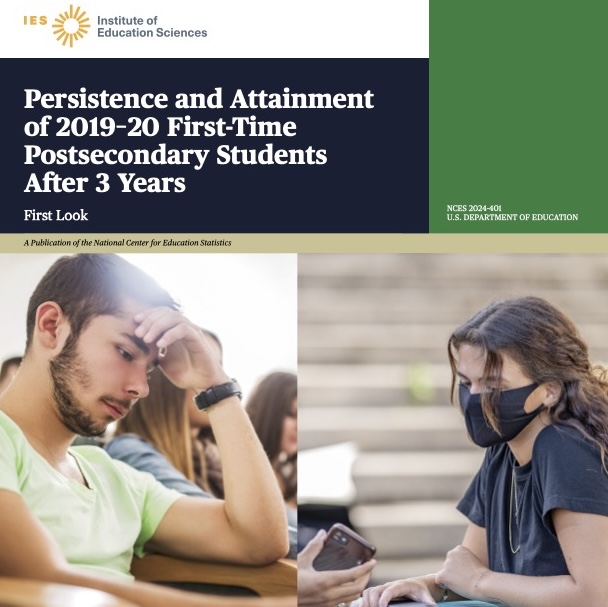 A new report from the United States Department of Education has outlined the attainment and persistence rates of 2019-2020 first-time postsecondary students after three years, including differences between students of different racial backgrounds.
A new report from the United States Department of Education has outlined the attainment and persistence rates of 2019-2020 first-time postsecondary students after three years, including differences between students of different racial backgrounds.
Among all first-time college students who began in the 2019-2020 academic year, 47.9 percent were enrolled at a four-year institution, 16.9 percent were enrolled at a less-than-four-year institution, and 22.6 percent were no longer enrolled in postsecondary education by 2022.
For Black students, 38.8 percent were enrolled at a four-year institution, 20.9 percent were enrolled at a less-than-four-year institution, and 29.6 percent were no longer enrolled at any institution. In comparison, over half of White students in this group were enrolled in a four-year institution, 14.3 percent were enrolled at a less-than-four-year institution, and 20.5 percent were no longer enrolled in higher education.
Considering the 2019-2020 academic year was disrupted by the COVID-19 pandemic, the report tracked several personal difficulties first-time postsecondary students faced when pursuing their education. Roughly one fifth of Black students in this group faced difficulties paying their mortgage or rent, 16.2 percent had to move back to an earlier address, 17 percent had trouble accessing or paying for food, and 21.9 percent lost their job.
In contrast, 12.5 percent of White students faced difficulties paying their living expenses and only 9 percent had trouble paying for food. However, despite White students in this group experiencing less financial difficulties than their Black peers, about 73.6 percent of White students reported increased anxiety and stress about their education because of the pandemic, compared to 65.8 percent of Black students.

